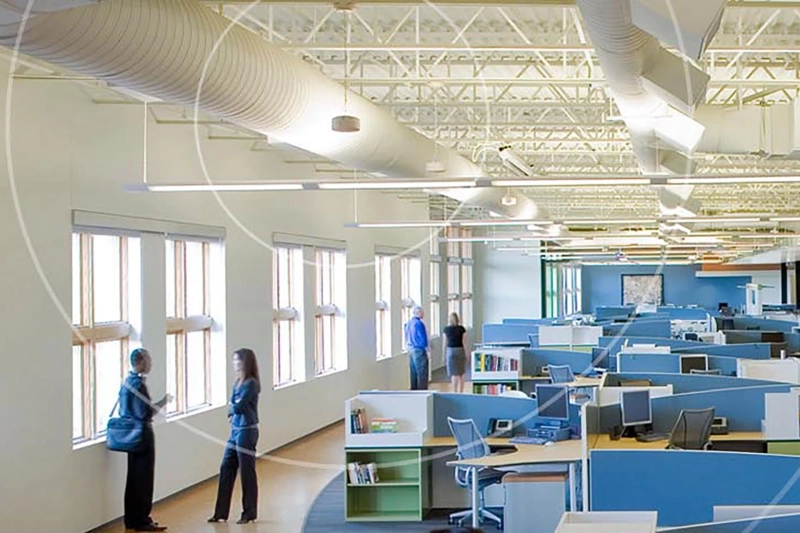As an architect, it is important to understand the components of acoustic design and their functions. The most important function of Architectural Acoustics is to provide a realistic sound projection. It means that acoustics should be designed so that what you hear in the building is as close as possible to how it was heard outside the building.
What Can Architectural Acoustics Do?
Provides a realistic projection of sound. Reuses reverberation to transport sound in the room and create a sense of space. Reduces noise. Provides sound diffusion to reduce environmental sound pressure levels and prevent disorientation of the individual, where possible. Reduces sound transmission between adjoining spaces. Provides isolation for sensitive acoustic environments. Provides control of sound propagation through the building elements and structure. Possibly provides a sense of privacy and well-being by reducing unwanted noise and providing an "aural buffer" between people in adjacent rooms or units while maintaining awareness of activities throughout the facility. Provides sound absorption to improve comfort, reduce sound reflection, and help achieve an acoustic environment suitable for optimal performance. Provides noise and vibration control in the case of inadequate natural acoustic conditions, such as those found on many industrial sites and in air-conditioned buildings.Conclusion:
Vibra Sonic provides noise and vibration control solutions that help you meet security standards and environmental regulations and improve your overall quality of life. All this while also achieving your business goals. We offer a wide range of acoustics services, including soundproofing, noise control programs, and consulting.


